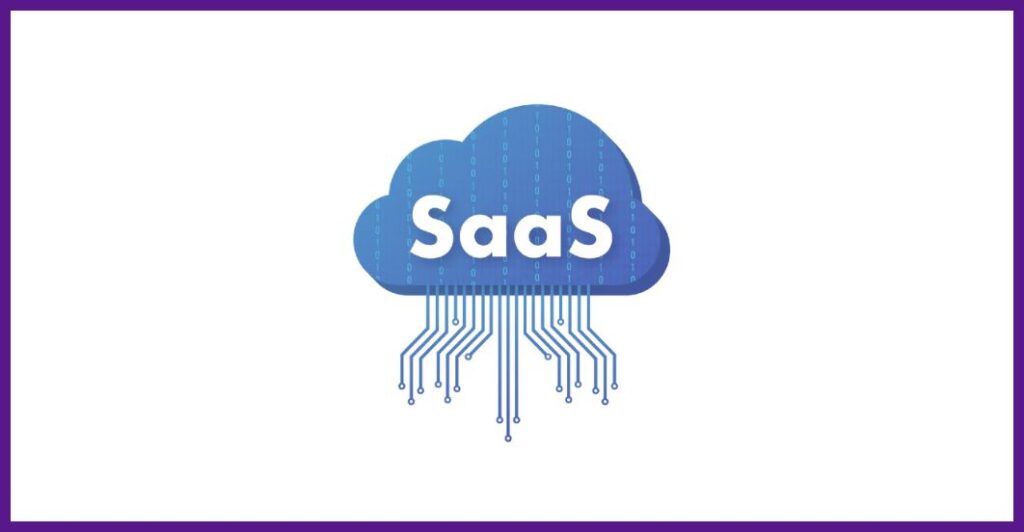SaaS internal auditing is an essential step for companies that want to maintain compliance with regulations, ensure data security and reduce waste. In a scenario of digital transformation and accelerated adoption of solutions SaaS (Software as a Service), being prepared for a manufacturer audit has become a priority.
According to the Gartner, by 2027, 45% of companies will have undergone at least one unexpected SaaS audit, often due to internal risks such as misuse, contractual mismanagement or Shadow IT. Performing an internal audit helps prevent data loss, avoid security breaches, and reduce spending on underutilized licenses.
What is a SaaS internal audit?
SaaS internal auditing is a process of verifying and analyzing data about the use of cloud applications in the company. Its objective is to ensure:
- Licensing Compliance Microsoft and other suppliers
- Preventing improper access to data
- Optimizing software spending
- Preparation for external IT audit
Unlike a traditional audit, it needs to monitor the life cycle of applications, which are often contracted outside the IT area — such as by human resources, marketing or sales.
Why is SaaS internal auditing so important?
Ignoring internal auditing can lead to significant risks. In addition to fines from vendors like Microsoft, Adobe, and Salesforce, there are also:
- Increased exposure to confidential data and sensitive information
- Adoption of tools without approval, which compromises the security posture
- Waste of up to 30% with unused licenses, according to Flexera
- Lack of compliance management and internal controls
Additionally, the growth of Shadow IT and cloud computing increases the need for real-time monitoring and protection of existing systems.
How to Perform a SaaS Internal Audit in 6 Steps
1. List all SaaS solutions used
The first step is to map all applications in use, including:
- Software contracted by IT
- Applications adopted directly by business areas
- Free tools with freemium plan
Use features like interviews, reimbursement analysis, and authentication via Entra ID, as well as automated discovery platforms like MattZero, to identify data in real time.
2. Check contracts and licensing
Review signed contracts and licensing models. Evaluate the following topics:
- User, storage and functionality limits
- Terms of use and audit clauses
- Risks of misuse and unauthorized access
This step is essential to avoid security breaches and financial losses.
3. Analyze actual versus contracted usage
With the data in hand, compare current consumption with what was contracted. This data analysis is essential for:
- Identify idle licenses
- Reduce repetitive tasks with automations
- Adjust contracts to real demand
MattZero helps with smart dashboards, displaying top features used by user profile.
4. Assess Shadow IT and security risks
Tools used without formal approval pose risks to cybersecurity and information protection. Consider:
- LGPD Compliance
- Integrations with databases and critical systems
- Failures in authentication, permissions and data lifecycle
With this view, it is possible to reinforce internal risk management and avoid future losses.
5. Document your findings and create an action plan
Organize the audit results:
- List of audited applications
- Inconsistencies and risks found
- Correction recommendations
With this, develop an action plan aligned with the best practices in project management, business processes and risk management.
6. Implement continuous monitoring
Internal auditing should become an ongoing process, with proactive monitoring of the SaaS environment. Solutions like MattZero offer:
- Detection of new applications
- Automated risk alerts
- Data Security Support and Customer Service
- Artificial intelligence-based features such as generative AI
How MattZero helps with SaaS internal auditing
MattZero is a complete platform for compliance management, contract control, and SaaS license optimization. With it, your company can:
- Discover tools off the IT radar
- Analyze consumption by area and user
- Monitor the application lifecycle
- Ensure information protection and cybersecurity
In addition, the tool offers consolidated data to facilitate any IT audit and help the company anticipate risks. Request a demo and find out how to make your SaaS audit simpler, faster and more effective.
Conclusion
Performing an internal SaaS audit is a strategic measure to ensure IT governance, keep the company in compliance and avoid internal risks that can compromise finances and reputation.
Adopting specialized tools like MattZero, following a structured process and promoting a culture of data security and digital transformation are essential actions for modern companies.
Carry out an assessment in your company, mitigate risks and transform the audit into a competitive advantage. Contact us and see how MattZero can help.





